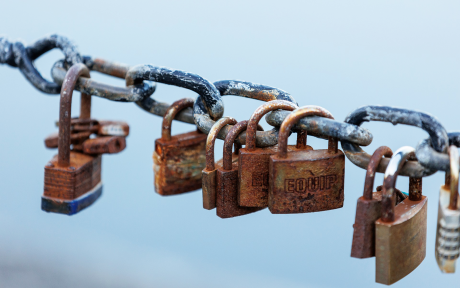We all make mistakes, including leaders in free software communities, writes Sage A. Sharp in a recent blog post on the Software Freedom Conservancy website. This means we often need to apologize.
In doing so, Sharp notes, you may understandably want to explain your actions. “This is a natural human desire, but can often be counterproductive. Trying to explain your actions can sometimes cause others to feel even more hurt.”
The article aims to “help people in free software avoid some of these unintuitive but common pitfalls in crafting an apology.” Toward this end, Sharp outlines actions to do and not to do in holding yourself accountable and making amends.
For example, Sharp writes, every apology should meet two important goals:
- Communicate that you understand what behavior caused the harm
- Commit to not doing similar harmful behavior in the future
Focusing on these goals can help mitigate misunderstanding, Sharp says.
Sharp also provides a template that outlines the basic elements an effective apology should contain, including:
- An explanation of the specific behavior that caused harm
- An apology directly to the people or group of people harmed
- A commitment to stop the behavior that is causing the harm
- A plan to avoid similar harmful behavior
- A plan to repair any harm your behavior caused
- The name of a person who will hold you accountable for changing your behavior
Before attempting to use the sample template, however, it’s important to thoroughly understand these elements. Thus, Sharp examines each one in turn, providing useful examples to help you craft an effective apology.
Read the complete article at Software Freedom Conservancy.







Comments